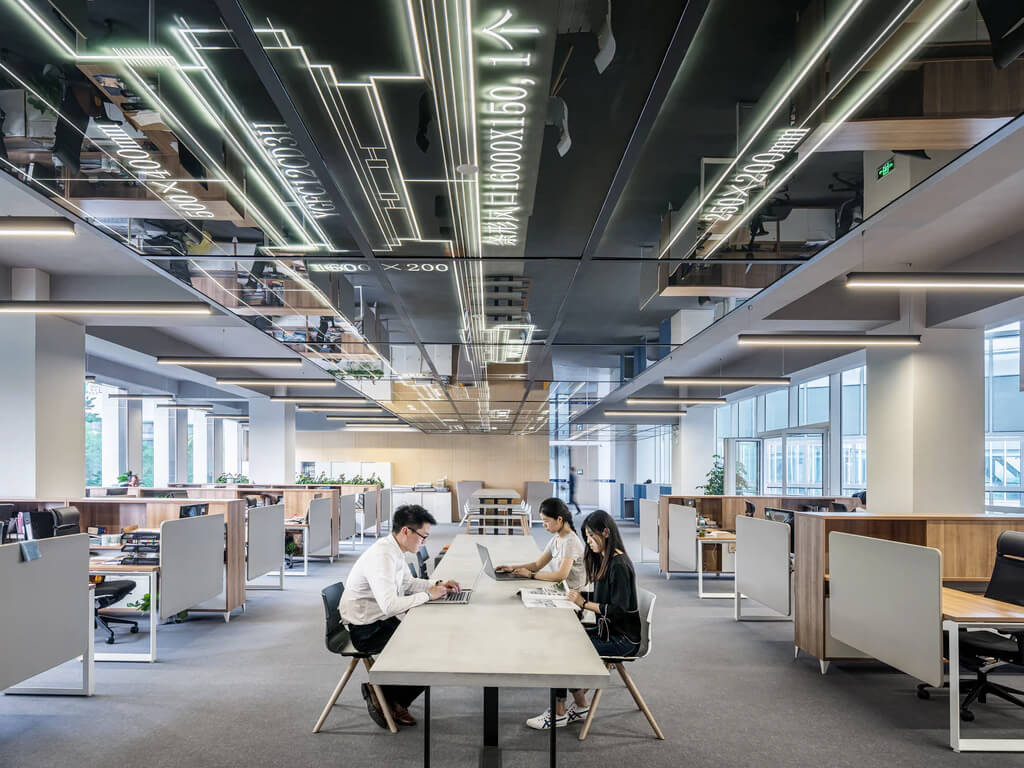
Navigating the World of UI/UX Development: A Comprehensive Guide
In today’s digital landscape, creating a memorable and effective user experience is more important than ever. UI (User Interface) and UX (User Experience) development are critical components in designing digital products that engage, delight, and retain users. Whether you're a seasoned designer or just starting out, understanding the principles of UI/UX development can elevate your projects and improve user satisfaction. This guide provides a deep dive into UI/UX development, its importance, and best practices.
What is UI/UX Development?
User Interface (UI) Design
UI design focuses on the look and feel of a product. It involves designing the visual elements that users interact with, such as buttons, icons, layouts, and color schemes. UI design aims to create an aesthetically pleasing and intuitive interface that enhances the user’s interaction with the product.
User Experience (UX) Design:
UX design encompasses the overall experience a user has when interacting with a product. It involves understanding user needs, behaviors, and pain points to create a seamless and enjoyable experience. UX design covers aspects like user research, information architecture, wireframing, and usability testing.
-
User Satisfaction:A well-designed UI/UX leads to a more satisfying experience for users, which can increase engagement and retention.
-
Ease of Use:Good UI/UX design simplifies navigation and functionality, making it easier for users to accomplish their goals without frustration.
-
Brand Perception: Consistent and thoughtful design enhances brand perception, creating a positive impression and reinforcing brand identity.
-
Competitive Advantage:In a crowded market, exceptional UI/UX design can set your product apart from competitors and attract more users.
Why UI/UX Development Matters
-
User-Centered Design: Focus on understanding the needs, goals, and pain points of your target audience. Conduct user research, create user personas, and gather feedback to inform your design decisions.
-
Consistency:Maintain consistency across the interface to provide a cohesive and intuitive experience. This includes consistent use of colors, fonts, and design elements.
-
Accessibility: Design with accessibility in mind to ensure that all users, including those with disabilities, can navigate and use the product effectively. This involves considering color contrast, font size, and screen reader compatibility.
-
Simplicity:Strive for simplicity and clarity in your design. Avoid clutter and ensure that each element serves a clear purpose, making the interface easy to understand and use.
-
Feedback and Response: Provide feedback to users based on their actions. For example, use visual cues to indicate successful actions, errors, or loading states.
Key Principles of UI/UX Development
-
Research and Discovery:
User Research:Conduct interviews, surveys, and usability testing to understand user needs and behaviors.
Competitive Analysis:Analyze competitors to identify strengths, weaknesses, and opportunities for differentiation.
-
Design and Prototyping:
Wireframing:Create wireframes to outline the basic structure and layout of the interface.
Prototyping:Develop interactive prototypes to test and validate design concepts before implementation.
UI Design Design the visual elements, including color schemes, typography, and iconography.
-
Testing and Validation:
Usability Testing: Conduct usability tests to gather feedback on the design and identify areas for improvement.
A/B Testing:Compare different design variations to determine which performs better.
The UI/UX Design Process
-
Design Tools:
Sketch:Start with HTML, CSS, and JavaScript. Familiarize yourself with modern front-end frameworks like React or Angular.
Figma: A collaborative design tool that allows for real-time collaboration and prototyping.
Adobe XD:A comprehensive design and prototyping tool for creating interactive designs.
-
Prototyping and Testing Tools:
InVision: A prototyping tool for creating interactive mockups and gathering feedback.
UsabilityHub: A platform for conducting user testing and gathering design feedback.
Tools and Resources for UI/UX Development
-
Embrace User Feedback:Regularly seek feedback from users and stakeholders to ensure that your design meets their needs and expectations.
-
Stay Updated with Trends:Keep up with the latest design trends, tools, and best practices to stay relevant and innovative.
-
Collaborate and Communicate: Keep up with the latest design trends, tools, and best practices to stay relevant and innovative.
-
Measure Success:Foster strong collaboration between designers, developers, and other stakeholders to ensure alignment and successful implementation of the design.
Best Practices for UI/UX Development
Conclusion
Full stack Java development offers a comprehensive approach to building
web
applications by leveraging Java’s strengths across both front-end and
back-end development. Mastering full stack Java development equips you
with
the skills to create robust, scalable, and high-performance
applications.
Whether you're new to the field or looking to refine your expertise,
focusing on both front-end technologies and Java-based back-end
frameworks
will position you as a versatile and valuable developer.
Happy coding!
